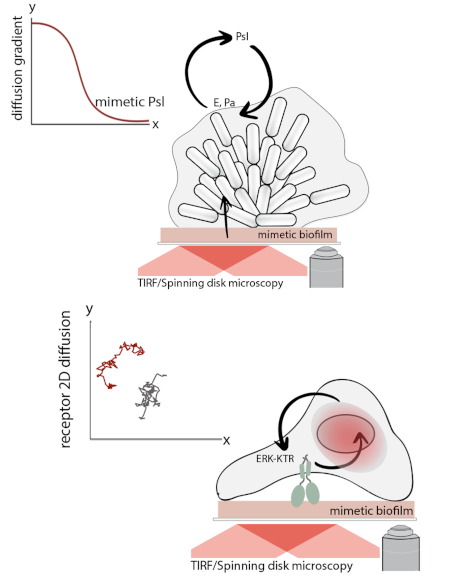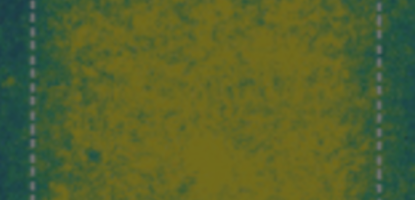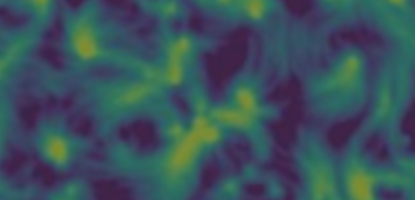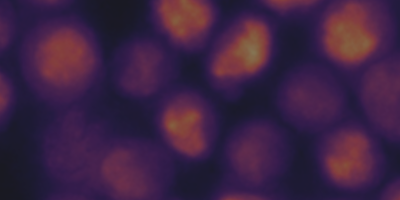Biofilms are highly dynamic and bulky assemblies that selectively regulate the composition of their matrix to adapt to diverse environmental conditions or host organisms. As a result, the molecular processes within the biofilm are hidden by the intrinsic complexity of the system and challenging to probe by conventional approaches. By rebuilding the biofilm matrix on a planar surface, we create a controlled high-resolution interface to investigate how this matrix is organized and remodelled by cross-linking adhesins and how bacteria sense the mechanical properties of their own matrix and/or of the matrix produced by other species. This approach also opens us with an opportunity to investigate the immune recognition of biofilm polysaccharides at high spatio-temporal resolution and down to a single-molecule level.
Related publications:
HS Davies, NS Baranova, L Coche-Guerente, C. Verdier, L. Bureau, RP Richter and D Debarre (2019) An integrated assay to probe endothelial glycocalyx-blood cell interactions underflow in mechanically and biochemically well-defined environments. Matrix Biology 78, 47-59
F. Fuchsberger, D. Kim, N. Baranova, M. Kagelmacher, R. Wawrzinek, C. Rademacher (2023). Information transfer in mammalian glycan-based communication. eLife doi.org/10.1101/2021.05.10.44345




